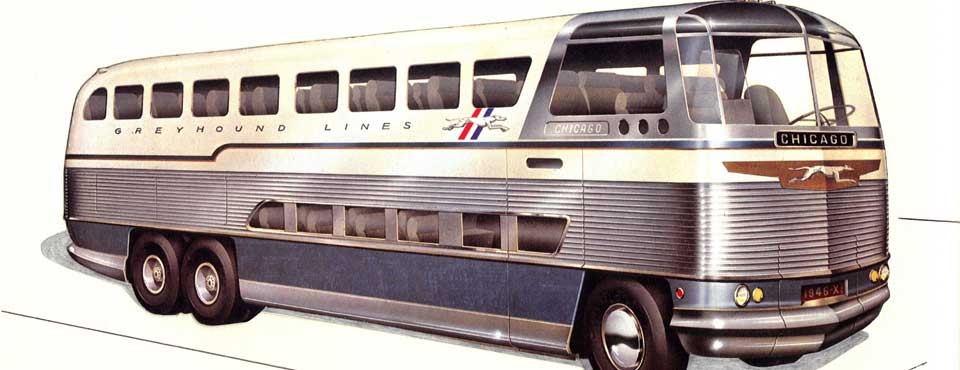We get seduced by form. Being visual creatures, we zero in on the shape, appearance and configuration of objects. Form can refer to the way something is, or the way something happens. ‘Good form, old chap!’
Music has form.
You can fill out a form, show your form, or be in a form.
Form is also the name of a hare’s nest – a shallow depression of flattened grass.
If you’re sitting on a backless bench, like I am (with a bright pink-flowered pillow under my bum), you’re sitting on a form.
There’s all sorts of forms of form in philosophy, martial arts, computing, biology, and mathematics.
Shape and form define objects situated in space. Shape is 2d. Form is 3d. A shape is described depending on the number of sides and their angular relationships (oh! Look, geometry!). A form, on the other hand, can be described by the area of space bordered by the lines (eep! More geometry!).
Form and Function
In the design of objects, software architecture and business methods, we in the 20th and 21st centuries are accustomed to the form of something being subordinated to its function.
In the late Victorian, early Edwardian period, the Arts and Crafts movement came about as a kind of creative revolt against the industrial revolution, and especially against the effect that mass production had on the quality of decorative arts. Traditional craftsmanship, simple forms and medieval or folk styles of decoration are the hallmarks of this period. Form was on an even playing field (more or less) with function.
Arts & Crafts evolved into Art Nouveau, whose organic freeform curves were transformed into stylised and machine-precise Art Deco curves, which transitioned into the Modernist movement, with no curves. It was at this transition that form started to lose ground to function.
“Form follows function.”
That is the principle behind modernist architecture and industrial design. The shape of a building or object should be based on its intended function or purpose.
American architect, Louis Sullivan is the one who distilled it down to: “form follows function. That’s the law”. This was taken as gospel by Sullivan’s draftsman: Frank Lloyd Wright. Who kinda turned the western world on its head with the unadorned ‘honest’ forms that he developed for functions.
This got ‘form follows function’ thing got out of control pretty quickly, though. In 1908, Adolf Loos, an Austrian architect, proclaimed that architectural “ornament was a crime”. Not to be left out of the vanguard of the Modernist movement, Le Corbusier, Gropius and van der Rohe all put the hate on ornamentation. “Ornamentation is crime” and “form follows function” were employed as moral principles in designing buildings. These are the guys who duked it out with Art Deco and won.
You have to applaud their commitment. But “form follows function” and “ornamentation is crime” are two statements which one should not conflate. Form allows for ornamentation (as long as it serves a function, I guess, said the grudging modernist).
Sanity was brought back to design, and ornamentation was no longer a crime in short order, based on the fact that we’re not fucking automatons, really. Function is good, but function does not always satisfy our needs.
American industrial designer Raymond Loewy’s MAYA (Most Advanced Yet Acceptable)
principle says that product designs are bound by functional constraints of math and
materials and logic, but their acceptance is constrained by social expectations. Loewy was the guy who designed the classic greyhound bus and the ubiquitous and very curvy Coca-Cola bottle.

Raymond Loewy’s Greyhound Bus
So there’s that to be thankful for — and those gorgeously sensual lines of 1950’s cars.